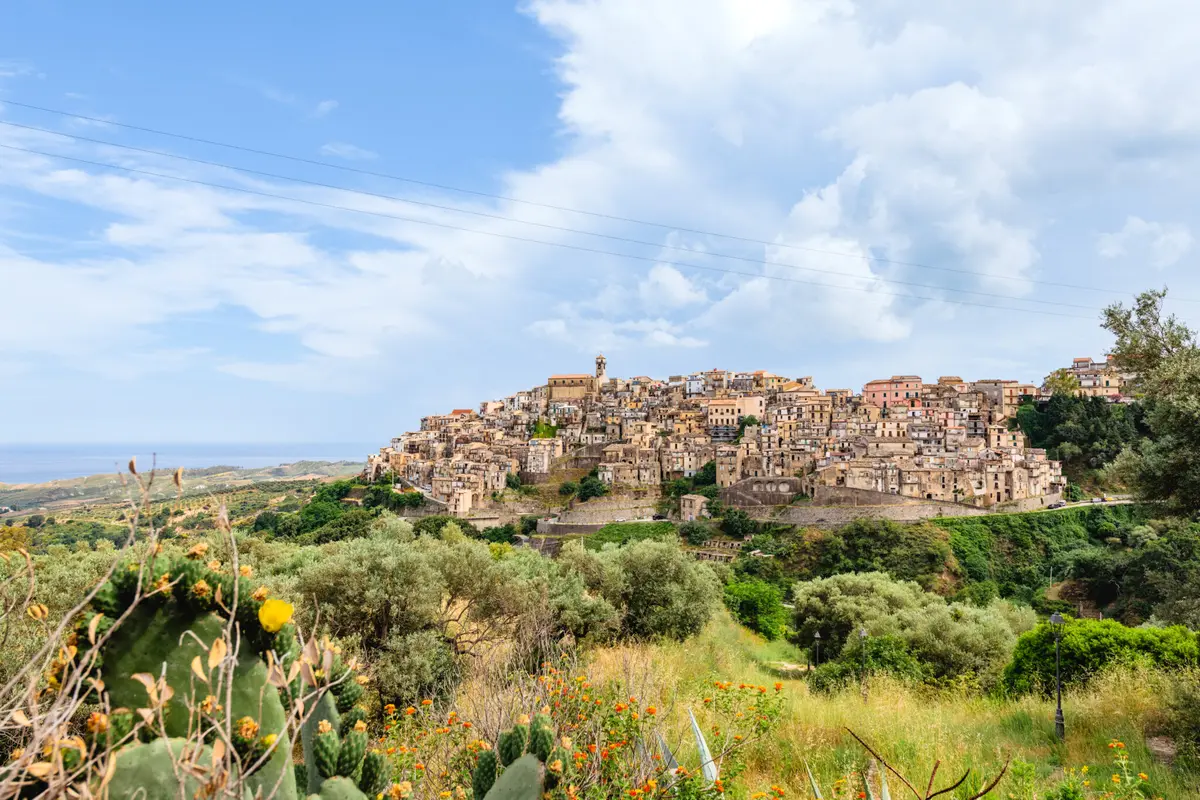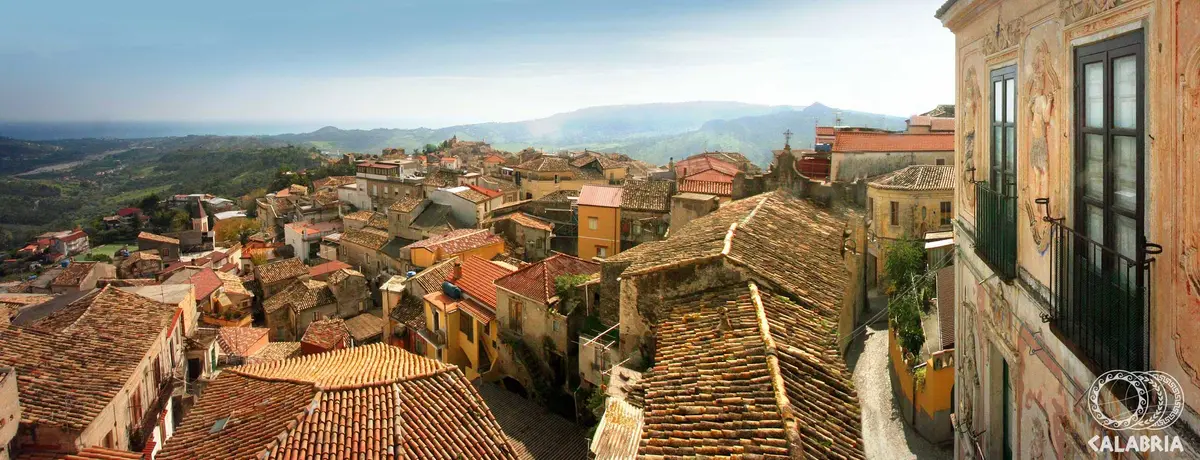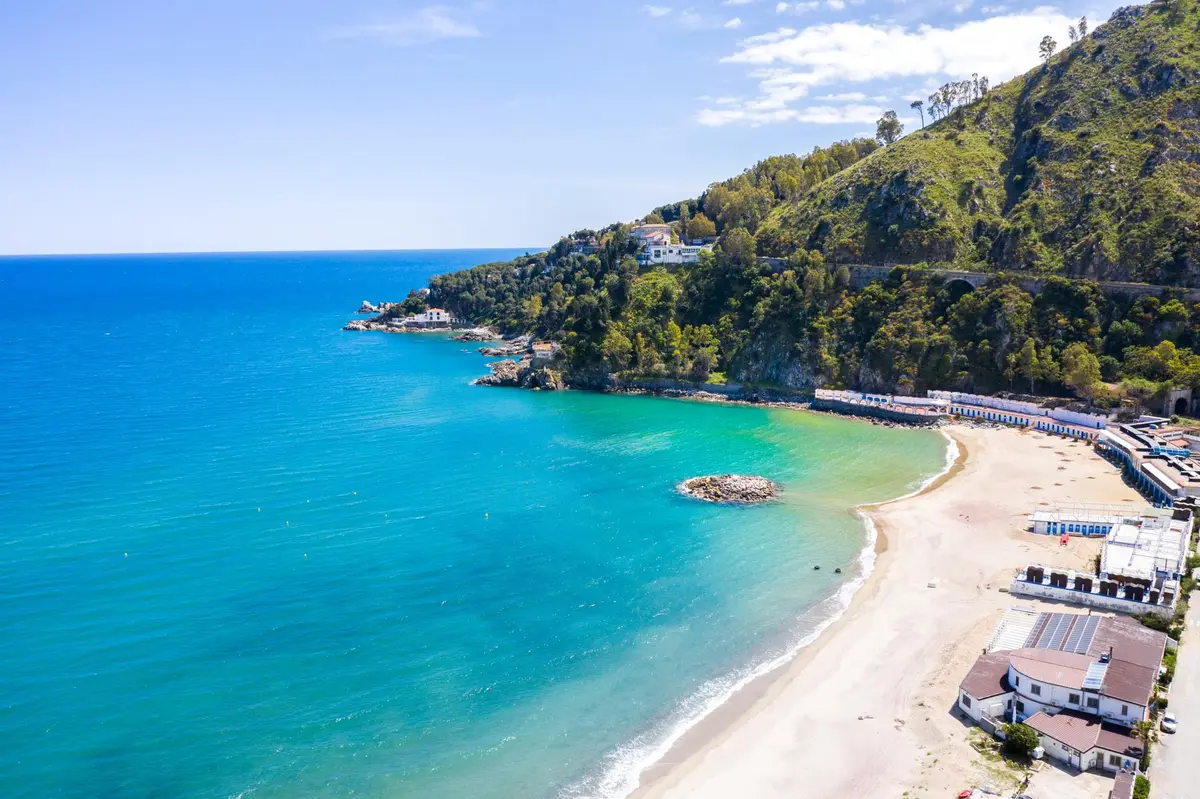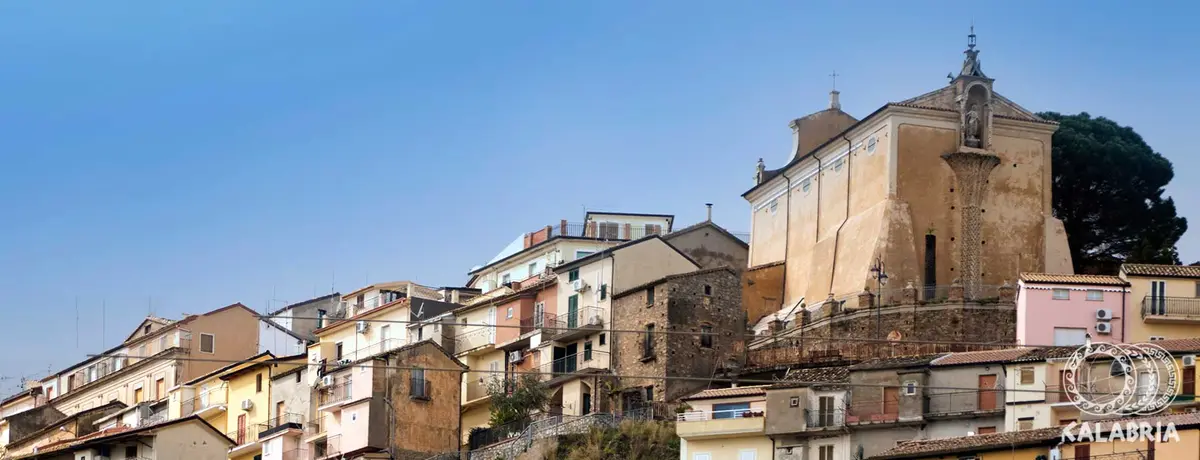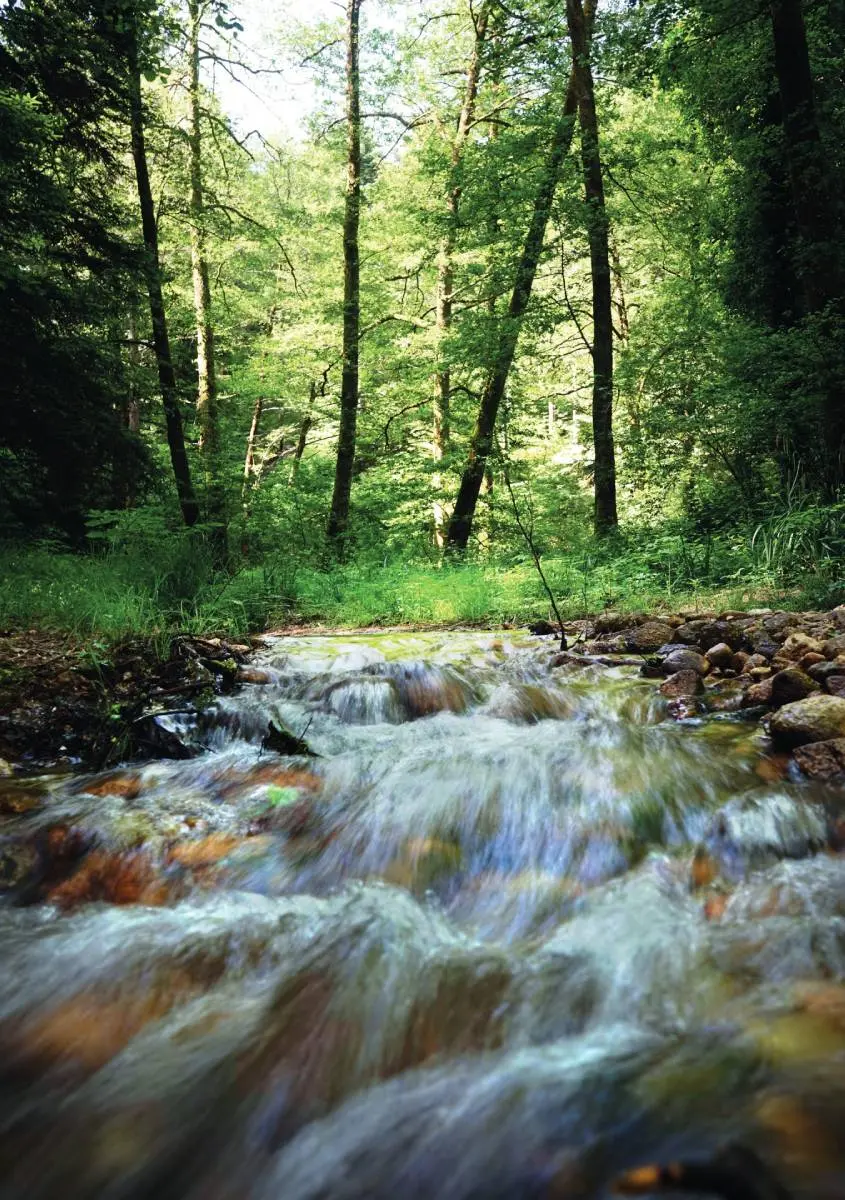Bivongi
Bivongi, the ‘’Village of Longevity‘’

Mountain
Bivongi - Regione Calabria
Nestled in Mount Consolino, in the province of Reggio Calabria, Bivongi is the Calabrian village that has discovered the ‘’elixir of eternal youth‘’, so much so that it has been dubbed the ‘’Village of Longevity’' at planetary level.
Bivongi ‘’Village of Longevity‘’ is not just a brand name but the result of rigorous scientific research conducted by National Geographic, which placed it in the so-called ‘’Blue Zone‘’, the world mapping of places where over-centenarians live, based on 9 parameters (nature, food, spirituality, etc.).
Nestled in the Stilaro Valley, Bivongi, whose Basilian origins date back to the 11th century, was a flourishing centre of silk production and mining, as mines, ironworks and ancient mills, such as the one known as Do' Regnante, still testify. The unspoilt territory is surrounded by thermal springs and crystal-clear waters, among the best in Calabria. The thermal baths known as Bagni di Guida are part of the impressive industrial archaeology complex, surrounded by beneficial sulphurous gas springs that the ancients already called ‘’Holy Waters‘’. Still on the water theme, don't miss an excursion with a refreshing bath at the Marmarico Waterfalls, the highest in Calabria (144 m).
Contributing to making Bivongi the ‘’Village of Longevity‘’ are a series of local specialities (from homemade pasta to traditional festive desserts, such as the Pitta di San Martino), to be enjoyed thanks to the hospitality in the form of a diffuse hotel: from the typical and healthy products of the Mediterranean Diet to the speciality of the local agro-food industry, the Bivongi DOC wine, whose festival is generally held at the end of August.
Lastly, to seal the quality of life in the ‘’Village of Longevity‘’ there is an aspect that keeps both mind and body in balance: the spirituality that surrounds the famous Monastery of San Giovanni Theristis, a jewel of Norman-Byzantine art in Calabria and the seat of Greek Orthodox monasticism, and the remains of the Grangia degli Apostoli. Among the museums to visit are the MacAM - Museum of Contemporary Art and the Museum of Rural Civilisation ‘’A lumera‘’.
Useful information
What to know about Bivongi
Where to Sleep
There are 1 available accommodations.
Places
There are 4 places to visit.
Travel Ideas
There are 5 travel ideas.
Infopoint Bivongi
Viale G. Matteotti, Bivongi
No result


